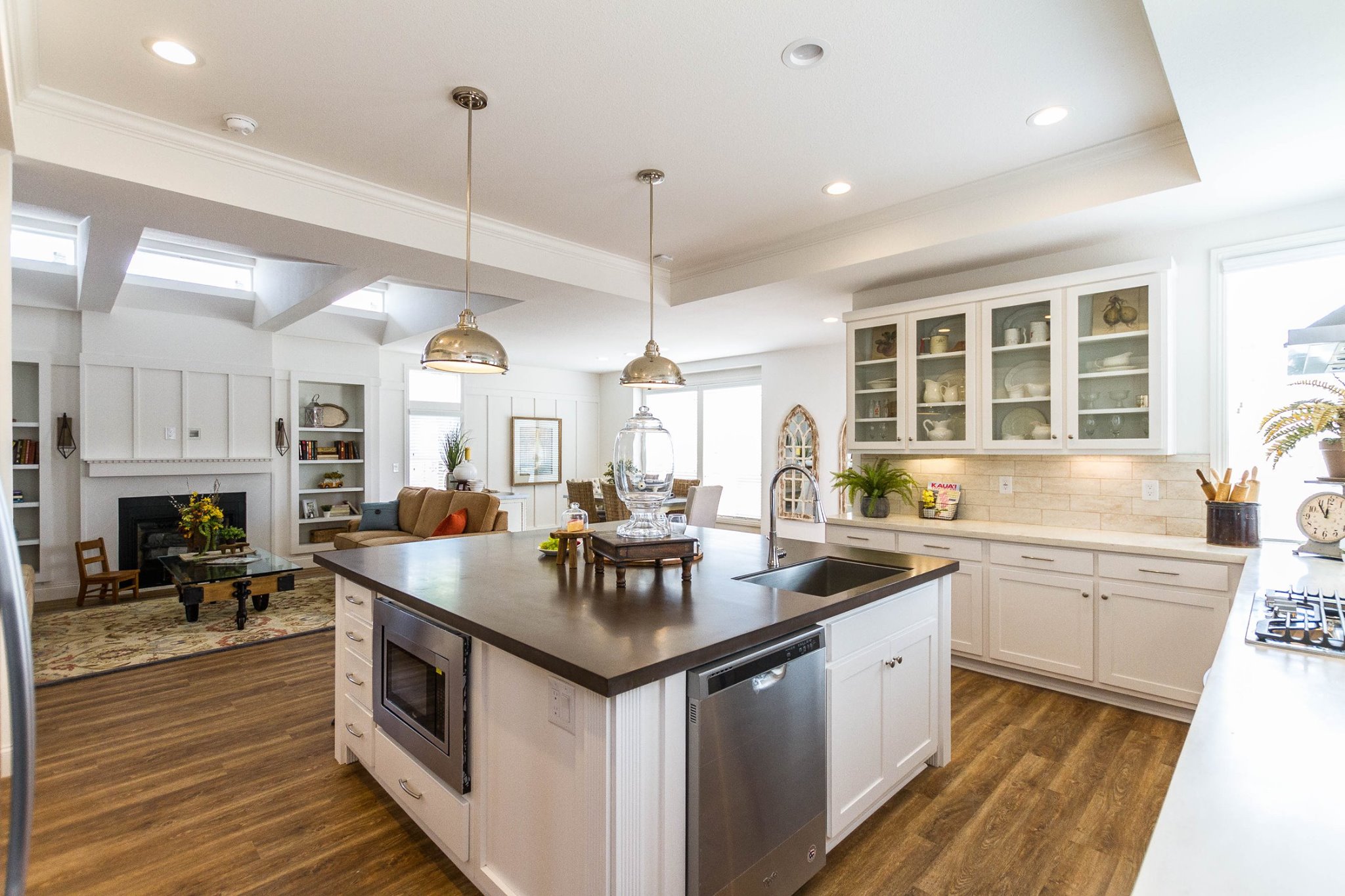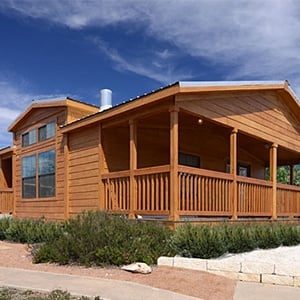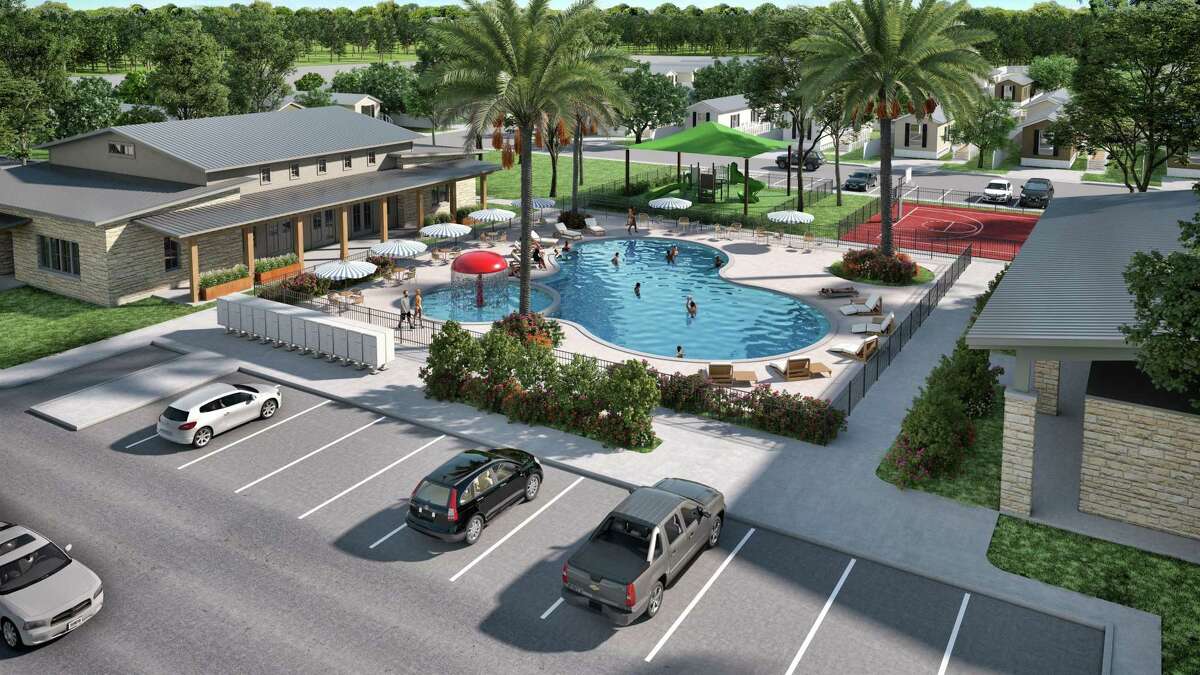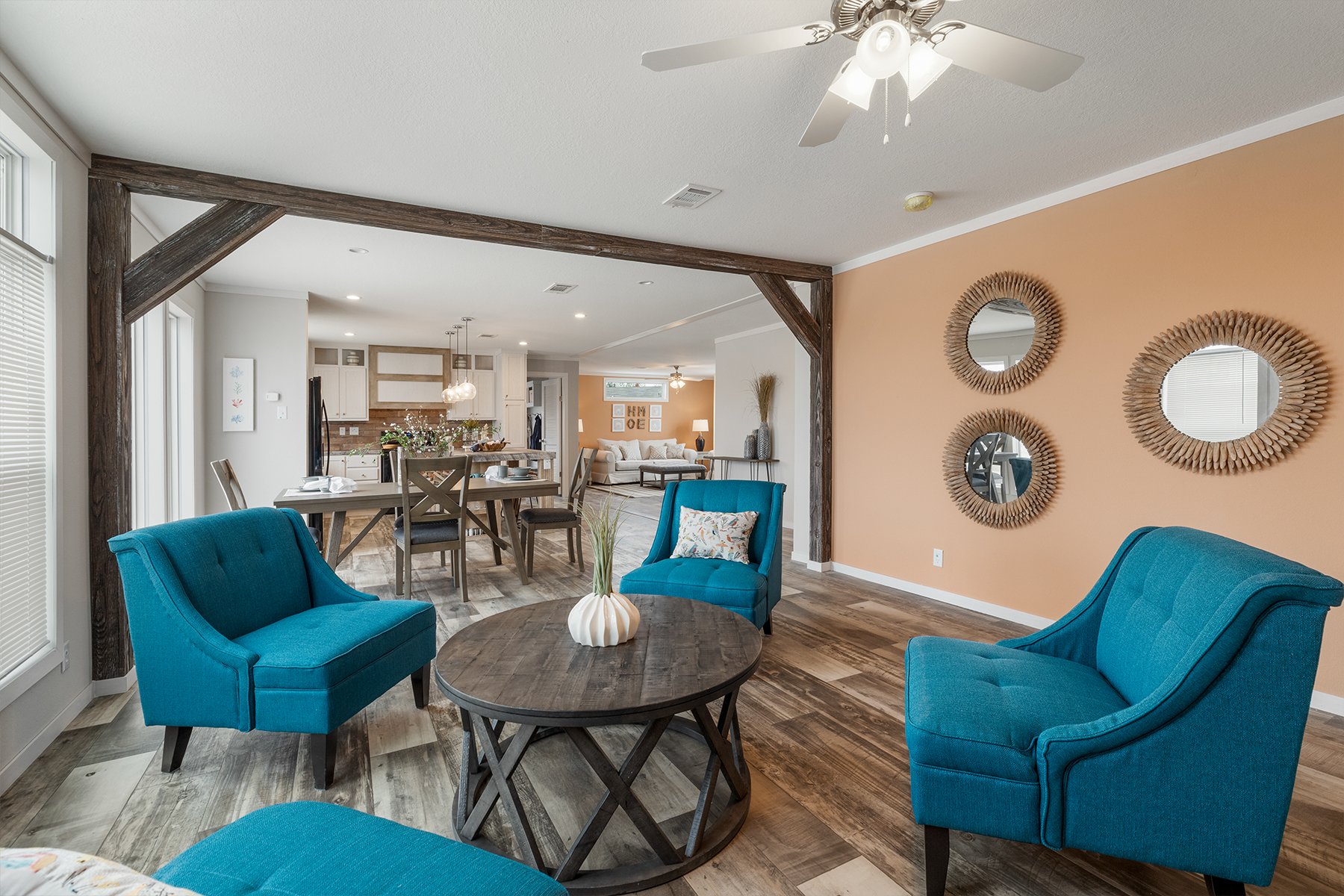When it comes to buying a home there are often myths that keep consumers from considering all of the possibilities, specifically when it comes to manufactured homes, mobile homes or modular homes. These myths have created a stigma around manufactured housing, and today we are going to set the record straight on a couple of the top myths we have found.
1. Manufactured/Modular homes aren't as safe as site-built homes
Overall safety is one of the most common myths circulating about manufactured housing. When people imagine a manufactured home, they often envision a lower quality product that can easily be demolished by the next storm that blows through. The truth is that manufactured houses are built with the same building materials that site-built homes are. Manufactured and modular homes are also able to be placed on concrete foundations (similar to those of site-built homes) that offer additional safety and security to the home. Manufactured homes are no more prone to fires, storms, tornadoes or any other natural disaster, than a traditional site-built home would be.
2. Manufactured/Modular housing aren't energy efficient
Not only are today’s homeowners more environmentally conscious, but they are also interested in giving their wallet a break! Energy prices have proven to be quite unstable in past years, driving up energy costs for homeowners, and leaving them seeking more efficient options in their homes. The U.S. Department of Housing and Urban Development (HUD) has developed strict guidelines for energy efficiency in modular and manufactured housing, and home builders construct each residence to meet or exceed those standards. In addition to the strict guidelines, manufacturers have responded to these demands by offering a variety of upgraded energy efficient options including: thermopane windows, 2'6 walls, upgraded insulation, special house wrap, and insulated air ducts. Manufactured housing, like site built housing, can be as green as you want it to be!
3. Manufactured/Modular housing quickly depreciates in value
One of the most common reasons people choose to buy a home is to build equity and to seek a return on their investment in the future. Site-built homes are often viewed as a better investment opportunity than a manufactured/modular home because of the perception that these homes are of higher quality. The fact is that both stick-built and manufactured homes are affected by the same factors that will impact value. When you purchase a home the value is determined not only by the structure itself, but also by the housing market at the time of purchase, location, age, comparable homes in the neighborhood, inflation rate, and available space in the area, and most importantly the land on which the home sits. While site-built homes are always tied to the land they sit on, if manufactured homes are not placed on private property and tied into the land, they can be moved. If a manufactured home is tied into the land it is placed on, just as a site-built home, the depreciation rates will be based on the same factors.
4. Manufactured/Modular homes are hard to finance
Last year in the south over 60,000 manufactured homes were sold, more than half of which were financed. Manufactured homes qualify for FHA loans in the same way that site built homes do. Some lenders may not approve them or have higher requirements to qualify for the loan, but there are many lenders that actually specialize in loans for manufactured homes. For more information, check out this article, Financing a Manufactured Home is Possible. There are plenty of financing options for manufactured home buyers, it is just a matter of finding the right lender that fits the customer’s needs.
5. They are not built with longevity in mind
Manufactured home builders construct each home with the same materials that would be used for a site-built home. In addition to being built with materials of equal quality, manufactured homes are built inside a climate controlled environment, whereas site-built homes are built outdoors and exposed to all of the elements during the entire construction process.
It’s simple, quality materials + a climate controlled facility = a home that’s built to last!







Leave a comment